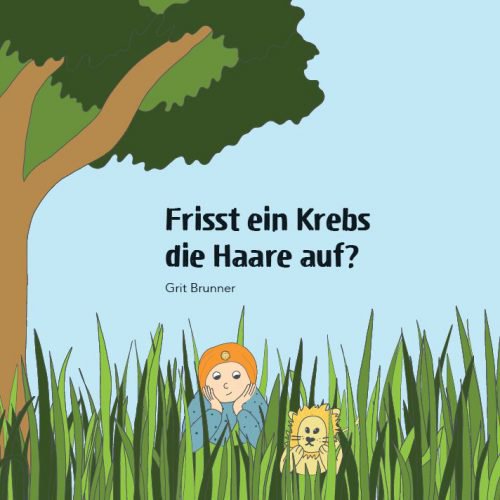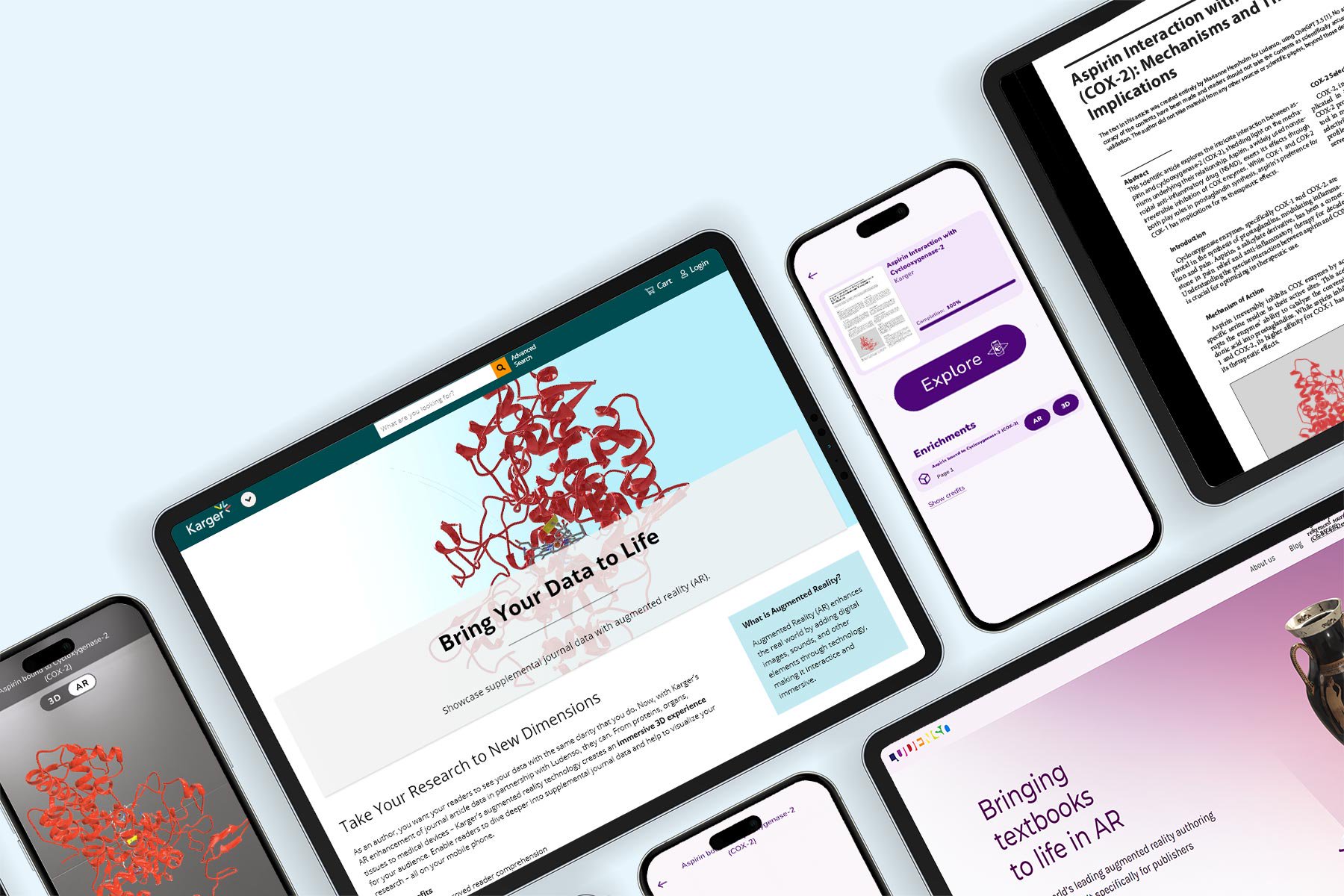Being informed about one’s health helps against anxieties, enables better communication between healthcare professionals and patients, and creates possibilities for patients to better live with their disease. Our new children’s book is a good example of how a complex topic like leukemia can be explained to the youngest patients.
Patient empowerment is a central keyword in healthcare systems that are changing globally towards a patient-centric model. Putting the patient at the center of everything health-related seems logical but has not been a reality for many years. It’s been less than a decade since healthcare experts and different stakeholders of the healthcare ecosystem began remodeling their view on how healthcare should work – putting the main characters at the center of the stage instead of financial transactions.
Building Knowledge
Empowered patients – better yet, an empowered public – are able to play an active role in healthcare. The positive effects of better-informed patients are easy to understand: avoiding disease where possible, giving patients the possibility to better live with their disease, and enabling better communication between patients and healthcare professionals all have a positive impact on the healthcare system. Building knowledge is at the core of patient empowerment. However, educating patients and the public is not as simple as it might sound. Who’s responsible for this task? Who is to trust with the information shared? Where can such information be found and accessed?
Reliable and Up-to-Date Information
We saw good reasons to take on this role ourselves as a publisher and decided to dedicate a whole department to patient information and to de-mystify diseases, work against fake news, and spare people the anxieties of diagnosis by “Dr. Google”. As a publisher in the health area, we have access to the latest research in health sciences and abundant contacts to experts, medical associations and societies, and industry. This positioning in the healthcare ecosystem enables us not only to publish reliable, well-curated content for patients, caregivers, and the interested public, but also to collaborate with strong partners to distribute our patient information.
Knowing Your Audience
Each topic calls for a different way and format of communication to be helpful for our audience. We always need to consider age, level of education, regional factors, and others to make sure we “hit the right tone”. This was especially important for the children’s book “Frisst ein Krebs die Haare auf?” (engl.: Does the cancer eat my hair?). The book tells the story of the little leukemia patient Ela from the girl’s point of view. Written and illustrated by herself as project for her highschool diploma the young author Grit Brunner delivered a remarkable wealth of information for children with leukemia with her manuscript.

A picture book about leukemia. Text and illustrations by Grit Brunner.
Realizing this project not only gave us the opportunity to expand our patient portfolio in oncology, but also offered an excellent collaboration with a young talent. This is a project of the heart that we took on because we believe in the power and benefits of knowledge and good information. In this case, we hope to help little patients, their siblings and friends to better understand what leukemia is and what the treatment encompasses.
Publishing information for children is maybe the “supreme discipline” in a field as complex as patient information, where highly technical, scientific facts need to be transferred to a level of common understanding without compromising accuracy and correctness. After all, if young or old: it is always better to deal with something when one is well informed.






Comments
Share your opinion with us and leave a comment below!